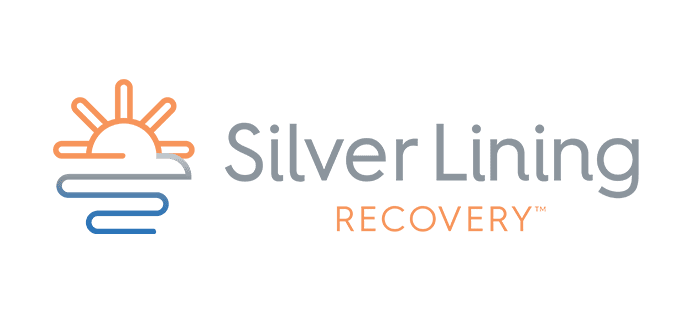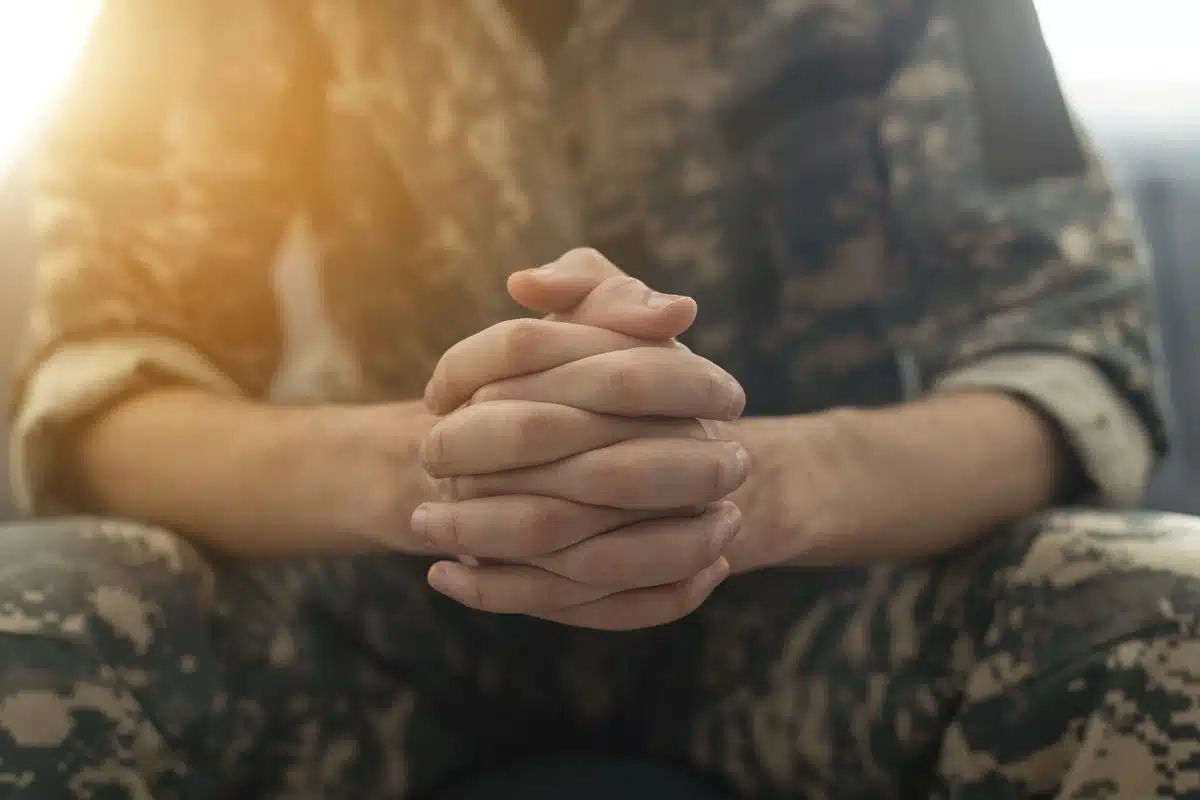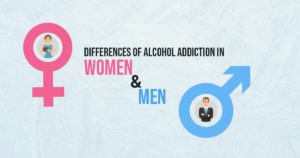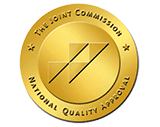Why PTSD Looks Different in Veterans
Post-traumatic stress disorder (PTSD) is often associated with combat veterans, but the truth is, PTSD in veterans comes in many forms—some visible, others hidden deep beneath the surface. Whether it stems from the battlefield, non-combat duties, or military sexual trauma, PTSD can shape every aspect of a veteran’s daily life, long after discharge.
Understanding the kinds of PTSD veterans have is crucial—not just for those who have served, but also for families, mental health providers, and communities seeking to support them. Veterans may experience classic PTSD symptoms, but they’re also more likely to have complex or dissociative subtypes due to the unique intensity and duration of their experiences.
We’ll break down the types of PTSD that commonly affect veterans, the differences between combat and non-combat trauma, and what effective treatment looks like. If you’re asking yourself, “What kind of PTSD do veterans have?”, you’re in the right place.
Combat vs. Non-Combat PTSD in Veterans
Common triggers for combat-related PTSD include:
- Ambushes or firefights
- Witnessing injury or death
- Experiencing severe injury
- Being under constant threat
But not all PTSD in veterans comes from combat. Non-combat PTSD is equally valid and often misunderstood. It can result from:
- Military sexual trauma (MST)
- Harassment or bullying within the ranks
- Accidents during training
- Moral injury (e.g., being ordered to carry out actions that conflict with personal values)
Some veterans never deploy to a combat zone, yet still develop severe PTSD symptoms due to the nature of military life and its inherent pressures.
Understanding the source of trauma, not just the presence of PTSD, is key to providing effective care. Combat and non-combat trauma may manifest similarly, but they often require different therapeutic approaches.
PTSD Subtypes Found in Veterans
This is the standard diagnosis and involves reliving the trauma (flashbacks, nightmares), avoiding triggers, emotional numbness, and hypervigilance. Many veterans fall into this category.
More common in veterans with prolonged trauma, such as repeated combat tours or long-term abuse, C-PTSD includes the classic symptoms plus:
- Feelings of hopelessness
- Difficulty with emotional regulation
- Persistent guilt or shame
- Trouble with relationships
Some veterans cope by mentally “checking out” during trauma. This can lead to:
- Depersonalization (feeling disconnected from one’s body)
- Derealization (feeling like the world isn’t real)
- Memory lapses or lost time
Veterans who feel they’ve violated their personal ethics may experience deep shame and guilt, even if they followed orders. This type of PTSD can be especially isolating and difficult to talk about.
Identifying the right subtype helps providers tailor the treatment—what works for classic PTSD may not work for dissociative or complex PTSD.
Symptoms of PTSD in Veterans
- Intrusive thoughts or nightmares about traumatic events
- Flashbacks triggered by sights, sounds, or smells
- Difficulty concentrating
- Guilt, shame, or self-blame
- Avoiding people, places, or conversations related to the trauma
- Social isolation or relationship breakdowns
- Difficulty holding down a job or returning to civilian life
- Increased alcohol or substance use
- Hypervigilance or being easily startled
- Sleep disturbances and insomnia
- Headaches, stomach issues, or chronic pain
What are the symptoms of PTSD in veterans?
Veterans with PTSD may experience flashbacks, nightmares, emotional numbness, avoidance, or irritability, often triggered by reminders of past trauma.
Military Sexual Trauma (MST) and PTSD
Military sexual trauma is an often-overlooked cause of PTSD in veterans. MST refers to sexual assault or harassment experienced during military service and affects both women and men.
- Unwanted sexual contact
- Threats or coercion
- Repeated sexual harassment
- Lack of institutional support after reporting
Veterans with MST-related PTSD may face added layers of shame, fear of judgment, or difficulty trusting others. These experiences can lead to:
- Chronic anxiety
- Panic attacks
- Depression or suicidal thoughts
- Body image issues
Can veterans get PTSD from sexual assault?
Yes, many veterans develop PTSD due to military sexual trauma, which includes assault or harassment during service.
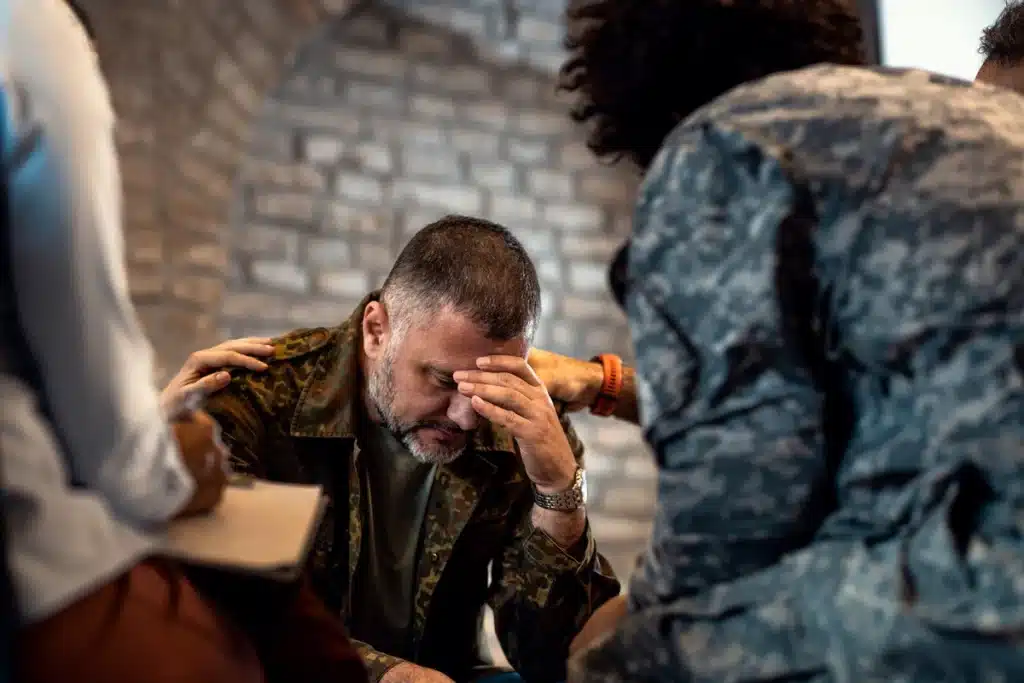
How is PTSD in Veterans Treated?
PTSD isn’t a life sentence. With the right support, veterans can heal, grow, and reconnect with themselves and their communities.
At Silver Lining Recovery, we offer tailored treatment plans designed specifically for veterans, including:
- Cognitive Behavioral Therapy (CBT): Helps identify and shift negative thought patterns.
- EMDR (Eye Movement Desensitization and Reprocessing): Especially effective for trauma processing.
- Trauma-Focused Therapy: Addresses the root cause of PTSD with compassionate guidance.
- Mindfulness and meditation
- Art and music therapy
- Group and individual counseling
- Dual diagnosis care (for co-occurring substance use or depression)
What is the Best Treatment for PTSD in Veterans?
The best treatment for PTSD in veterans includes trauma-focused therapy, EMDR, and supportive care tailored to their specific experiences.

You Are Not Alone—Support Is Here
If you’re a veteran silently struggling with PTSD—or you love someone who is—know this: healing is possible. It starts with understanding the kind of PTSD you’re facing and finding care that speaks to your experience.
At Silver Lining Recovery, we’re here to walk with you through the process. We offer a safe, supportive space for veterans to explore their trauma, rebuild their lives, and rediscover purpose.
Call us today to speak with someone who understands what you’re going through—or use our confidential contact form to take the first step toward healing.
